History and Significance
The U.S. national park system began in 1872 with the establishment of Yellowstone National Park, a groundbreaking act that marked the world’s first national park. This pivotal moment ignited a global conservation movement. In 1916, the National Park Service was created to oversee these protected lands, emphasizing their significance for preservation, education, and public enjoyment.
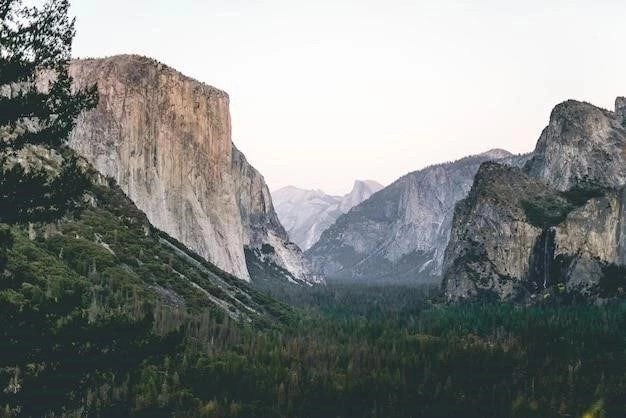
Diversity of Landscapes
The National Park System of the United States is a testament to the country’s vast and varied natural heritage. From the snow-capped peaks of the Rocky Mountains to the sun-drenched beaches of the Pacific, the parks encompass a breathtaking array of ecosystems and geological formations.
In the west, towering redwood forests stand as ancient sentinels, while the sculpted canyons of Utah and Arizona inspire awe with their vibrant hues and dramatic formations. The Cascade Range boasts volcanic landscapes, epitomized by the majestic Mount Rainier, while the Sierra Nevada offers alpine meadows and granite cliffs, sculpted by glaciers over millennia.
Moving eastward, the Great Plains give way to rolling hills and hardwood forests, culminating in the Appalachian Mountains. The eastern parks showcase a different kind of beauty, with verdant valleys, cascading waterfalls, and serene lakes. From the rugged coast of Maine to the subtropical Everglades of Florida, the eastern parks offer a tapestry of natural wonders.
This diversity of landscapes is a hallmark of the National Park System, providing visitors with unparalleled opportunities to experience the full spectrum of natural beauty found within the United States. Each park is a unique testament to the power of nature, offering a glimpse into the geological processes and ecological wonders that have shaped the American landscape.
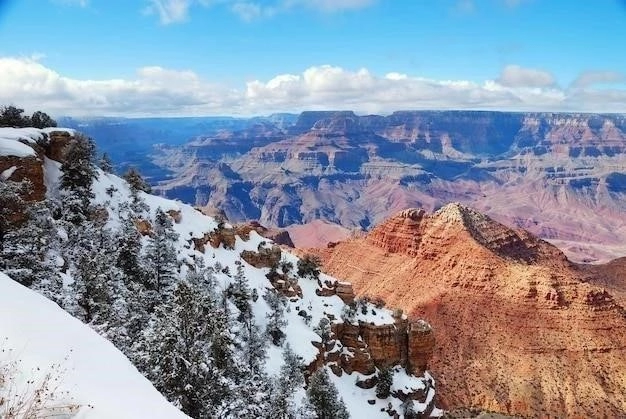
Wildlife and Ecosystems
The national parks of the United States serve as vital sanctuaries for a remarkable diversity of wildlife and ecosystems. These protected areas provide refuge for countless species, many of which are considered rare, threatened, or endangered. From the iconic bison of Yellowstone to the elusive gray wolves of Yellowstone and the majestic grizzly bears of the northern Rockies, the parks offer a glimpse into the intricate web of life that thrives within their boundaries.
Each park harbors a unique tapestry of flora and fauna, shaped by its distinct geography, climate, and ecological history. Lush old-growth forests provide habitat for a multitude of bird species, while alpine meadows burst with wildflowers in the spring, attracting pollinators and grazing animals alike. Arid deserts support specialized plant and animal communities adapted to extreme temperatures and limited water resources.
The protection afforded by national park status is crucial for maintaining healthy ecosystems and ensuring the long-term survival of these species. By safeguarding these natural habitats, the National Park Service plays a vital role in preserving biodiversity and ensuring that future generations can continue to marvel at the wonders of the natural world. Visiting a national park provides not only an opportunity for recreation but also a chance to learn about the delicate balance of nature and the importance of conservation efforts.
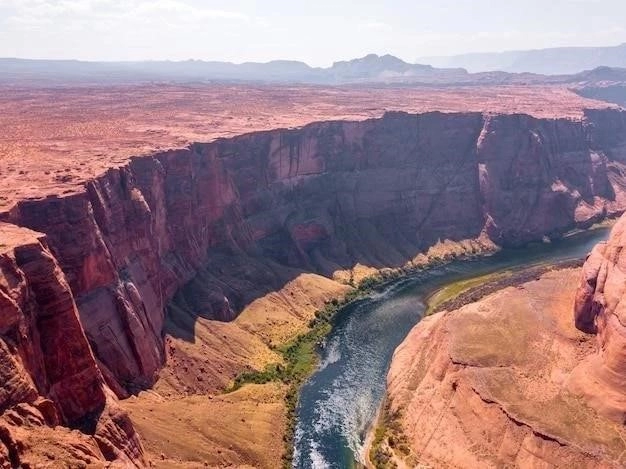
Popular Activities for Visitors
The U.S. National Parks offer an unparalleled range of activities catering to diverse interests and abilities. Visitors can embark on scenic hikes through pristine wilderness, marvel at iconic landmarks, and immerse themselves in the tranquility of nature.
For those seeking physical challenges, strenuous hikes to mountain summits or multi-day backpacking trips offer a chance to test one’s limits amidst breathtaking scenery. Others may prefer leisurely walks along well-maintained trails, pausing to observe wildlife or enjoy a picnic lunch surrounded by nature’s splendor.
Water enthusiasts can enjoy boating on pristine lakes, fishing in clear streams, or kayaking through tranquil waterways. Many parks offer opportunities for ranger-led programs, providing insightful commentary on the park’s history, geology, and ecology.
Whether seeking adventure, solitude, or simply a chance to connect with nature, the National Parks provide an unforgettable experience. The possibilities for exploration and discovery are limitless, ensuring that every visitor can create lasting memories within these treasured landscapes.

Planning Your Visit
A visit to a U.S. National Park is a rewarding experience, but meticulous planning is essential for a safe and enjoyable trip. Begin by researching parks that align with your interests, considering factors such as accessibility, available activities, and seasonal variations.
Once you have selected a park, consult the official National Park Service website or app for up-to-date information on entrance fees, permits, and any necessary reservations for camping or lodging. Familiarize yourself with the park’s layout, including visitor centers, trailheads, and points of interest.
Pack appropriate clothing and gear for all types of weather, as conditions can change rapidly in mountainous or coastal environments. Sturdy footwear, layers of clothing, rain gear, and sun protection are essential. Carry ample water, especially when hiking, and pack snacks for sustenance during your explorations.
Prior to your visit, consider purchasing an “America the Beautiful” pass, which provides access to over 2,000 federal recreation sites, including all national parks, for an annual fee. Planning ahead ensures a seamless and unforgettable national park adventure.
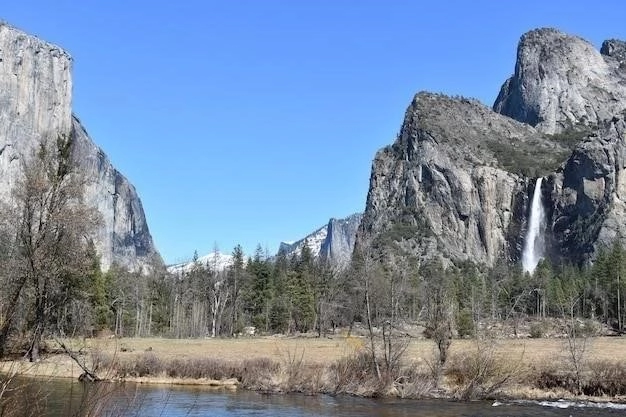
Camping and Lodging Options
U.S. National Parks offer a range of lodging and camping options, allowing visitors to tailor their experience to their preferences and budget. For those seeking immersion in nature, campgrounds within the parks provide a rustic and affordable option.
Campgrounds often feature amenities such as picnic tables, fire rings, and restrooms, with some offering flush toilets and running water. Reservations are highly recommended, especially during peak seasons, and can typically be made through the National Park Service website or reservation system.
For visitors seeking more comfortable accommodations, many parks offer lodges, cabins, or hotels within or near park boundaries. These options provide amenities such as beds, private bathrooms, and often dining facilities. Reservations for in-park lodging should be made well in advance, as availability is limited.
In addition to in-park options, gateway communities near park entrances offer a variety of hotels, motels, and vacation rentals. Choosing accommodations outside park boundaries can provide greater flexibility and may be more budget-friendly, but it is essential to factor in travel time to and from the park when planning daily itineraries.
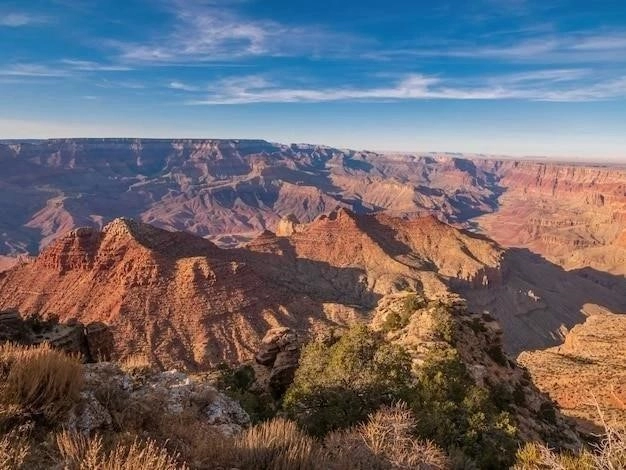
Permits and Regulations
To protect the pristine environments and ensure the safety of visitors, U.S. National Parks have specific permits and regulations in place. It’s essential to be aware of and comply with these guidelines to ensure a responsible and enjoyable visit.
Permits are often required for activities such as backcountry camping, overnight trips, and some hiking trails. These permits help park officials manage visitor impact and ensure the preservation of fragile ecosystems. Information about required permits, reservation processes, and any associated fees can be found on the park’s official website.
Regulations vary by park but generally address guidelines for interacting with wildlife, making campfires, disposing of waste, and traveling through the park. Familiarize yourself with regulations regarding pet restrictions, as many parks have limitations on where pets are allowed.
By adhering to permit requirements and respecting park regulations, visitors contribute to the long-term preservation of these natural treasures and ensure a safe and enjoyable experience for all. Remember, responsible visitation is crucial for protecting the parks for generations to come.
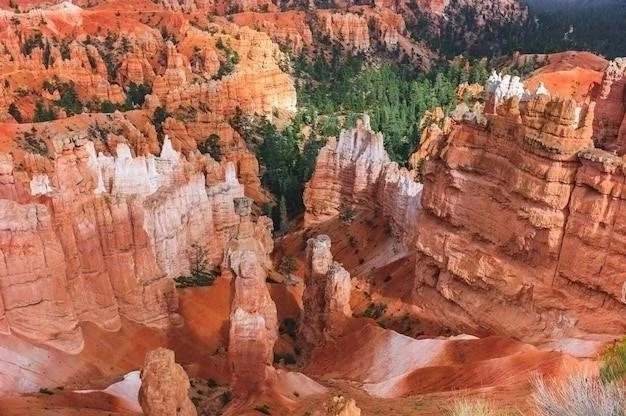
Accessibility and Amenities
The National Park Service is dedicated to making its parks accessible to all visitors, regardless of physical abilities. While the level of accessibility varies between parks and individual trails, many offer a range of amenities and services to enhance the visitor experience for individuals with disabilities.
Many parks provide accessible trails, viewpoints, and visitor centers with ramps, paved pathways, and restrooms designed to accommodate wheelchairs and mobility impairments. Some parks offer audio-described tours, tactile exhibits, and sign language interpretation for visitors with visual or hearing impairments.
For those seeking greater independence, some parks offer mobility equipment rentals, such as wheelchairs and electric scooters. It’s recommended to contact the park in advance to inquire about specific accessibility features, reserve equipment, and request any necessary accommodations.
In addition to accessibility features, national parks typically offer a range of amenities to enhance visitor comfort and convenience. These may include visitor centers with exhibits, restrooms, water fountains, picnic areas, and campgrounds with varying levels of amenities.
Conservation Efforts
The U.S. National Parks stand as testaments to the importance of conservation, serving as living laboratories for preserving biodiversity and protecting fragile ecosystems. The National Park Service is entrusted with the crucial responsibility of safeguarding these natural treasures for current and future generations.
Conservation efforts within the parks encompass a wide range of initiatives, from restoring damaged habitats to managing wildlife populations. Scientists and resource managers work tirelessly to monitor ecosystem health, control invasive species, and mitigate the impacts of climate change.
The restoration of endangered species is a key priority in many parks. Through captive breeding programs, habitat restoration, and ongoing monitoring, park staff strive to ensure the survival of vulnerable species, from the iconic bald eagle to the elusive gray wolf.
These multifaceted conservation efforts are crucial for maintaining the ecological integrity of the parks, ensuring that future generations can continue to experience the awe-inspiring beauty and natural wonders found within these protected landscapes.
Leave No Trace Principles
When exploring the U.S. National Parks, it’s essential to adhere to the seven principles of Leave No Trace, a set of guidelines for minimizing human impact and preserving the pristine beauty of these natural environments. By following these principles, visitors can ensure that future generations can enjoy the parks in the same unspoiled condition.
The principles encourage responsible camping by selecting durable surfaces, properly disposing of waste, minimizing campfire impacts, and leaving what you find, including rocks, plants, and artifacts. Travelers are urged to plan ahead and prepare for varying conditions, pack light and reduce waste, travel and camp on durable surfaces, and respect wildlife by observing from a distance.
By being mindful of our actions and adhering to these principles, we can help ensure that the parks remain pristine and awe-inspiring for generations to come. Remember, each visitor plays a crucial role in preserving the natural beauty and ecological integrity of these irreplaceable treasures.










